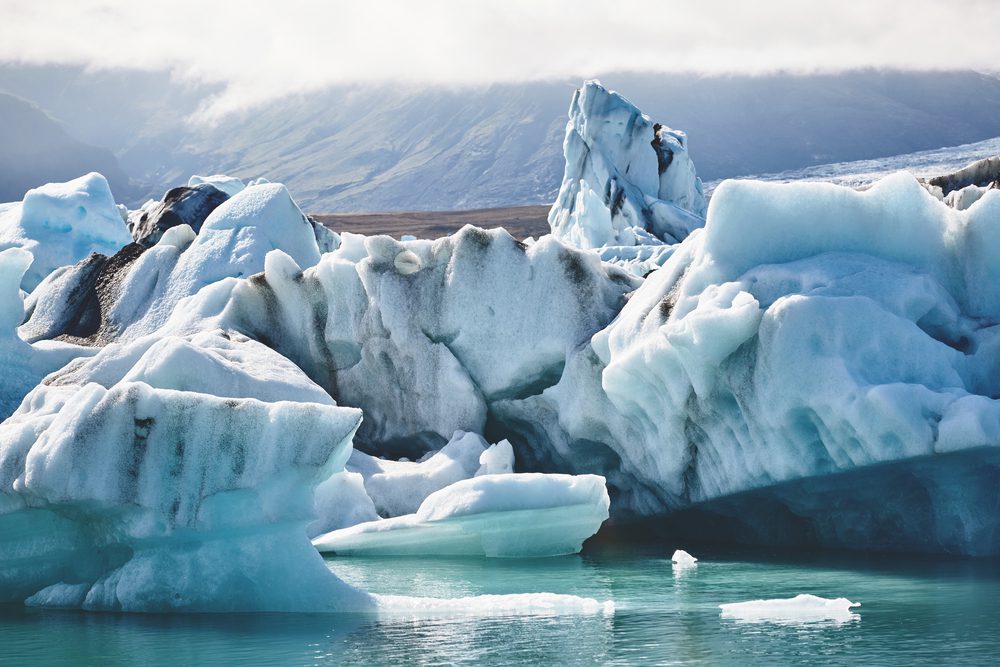It’s comical that the term Glacial has come to mean something extremely slow. We may use language to poke fun at glaciers for their gradual movements, but they’ve been around a lot longer than our twisted sense of humor. A glacier is formed when more snow falls in the winter than melts in the summer. This causes an accumulation of snow, which turns to ice and begins to flow outwards and downwards due to the pressure of its own weight. When snow survives its typical melting season, it forms a dense and compressed layer called a firn. The snow and firn are pressed together by the next season’s snowfall so that these buried layers grow together over time- forming a thick mass of ice.

According to New Scientist, the oldest ice age on Earth was Huronian Glaciation. At the time this took place, the Earth was just over 2 billion years old and only home to unicellular life forms. It’s speculated that Glaciation itself originated during the Cryogenian period, which took place between 630 to 850 million years ago. One theory on their origin is that their creation was triggered by the evolution of large cells and multicellular organisms that sank to the seabed after dying. This would have taken CO2 out of the atmosphere, weakening the greenhouse effect and thereby lowering the overall global temperature. These are the conditions in which glaciers are likely to form.
Around 34 million years ago, the first small glaciers formed on the tops of Antarctica’s mountains. Then around 20 million years later, during the rise of the Himalayas, the temperature dropped by 8°C. This caused Antarctica to fully freeze over.
From the Quaternary glaciation stage (which started 2.58 million years ago) up until now, the world went through various stages of glaciation. Ice would glacially advance and retreating in various areas of the world. Glaciologists are still attempting to understand the patterns that occurred during this period. However, eventually, we ended up with the glacial patterns we’re familiar with today.
Presently, our largest glacier is the Lambert-Fisher glacier in Antarctica, according to the United States Geological Survey. It’s around 250 miles long, 60 miles wide, and 8,200 feet deep at its center.







